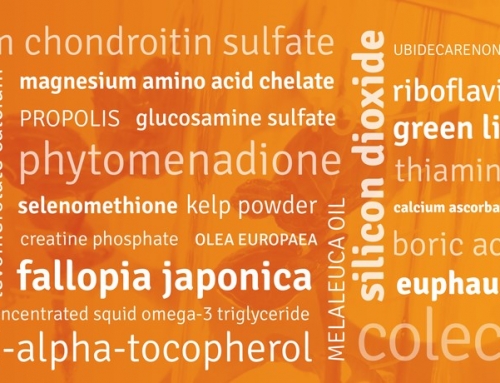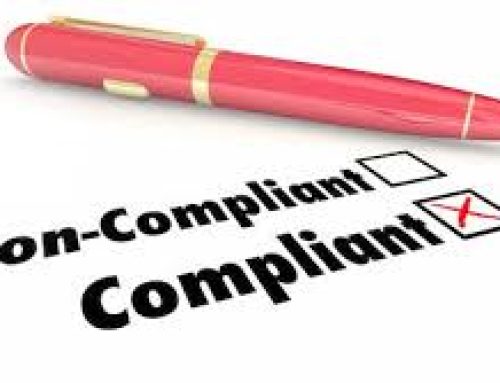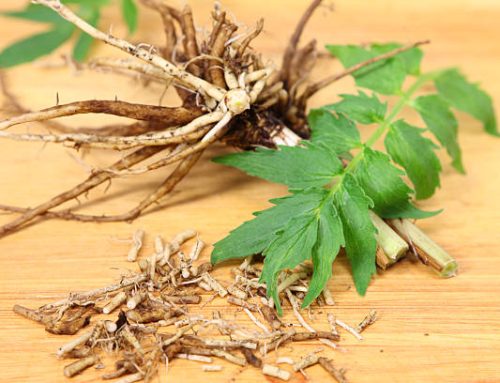The TGA has released guidance on the use of the term ‘natural’ when advertising medicines.
The Advertising Code clearly states that marketing claims must not be misleading and must be truthful, valid and substantiated. Therefore, it is the advertiser’s responsibility to ensure that the consumer is provided with enough information to make an informed decision. The TGA guidance, provides sponsors information on how claims about a medicine being ‘natural’ can be made without misleading consumers.
How is natural defined?
Natural is defined in the Macquarie Dictionary as: ‘existing in or formed by nature; not artificial and not synthetic’.
Is your ingredient natural?
Using the above definition to prequalify whether or not your ingredient is natural you must meet the below criteria for an ingredient to be considered natural according to the TGA’s guidance.
✓ Is it a form found in nature?
The starting, or ‘raw material’ from which the ‘natural’ therapeutic good (or therapeutic good ingredient) is derived must be a form physically found in nature – plants, fungi, algae and yeast, animal, marine, mineral or bacterial.
✓ Has it been minimally processed?
The manufacturing of the therapeutic good to produce a finished dosage form must involve ‘minimal processing’. The production steps to achieve ‘minimal processing’ can include:
- freezing
- drying
- filtering
- grinding and powdering
- fermentation
- boiling and primary distillation
- solvent extraction
- concentration, or
- fractionation
✓ It must not be chemically modified.
In addition to the ‘minimal processing’ requirement, the substances occurring in the starting material must:
be chemically identical; and must not: have undergone any chemical conversion or modification – for example, to become a derivative or salt form
Utilising the term natural for a product
There would be only very limited circumstances where a claim, without qualification, that a product in its entirety could use the term ‘natural’ and not be considered misleading. The TGA provides a compliant example here.
If you have a product that contains both natural and chemically synthesised active ingredients or excipients, then you are still able to represent the natural part of the product by qualifying it in the below manner.
Example: Therapeutic goods containing both natural and chemically defined substances
For example, any of the following would be acceptable:
- ‘[product name] contains 60% natural [name of ingredient]’
- ‘[product name] contains natural [name of ingredient], preserved with sodium benzoate’
- ‘[product name] contains [name of ingredient], a natural active ingredient’
- ‘[product name] contains the natural active ingredients [name of ingredient] and [name of ingredient]’
When applying this guidance, it is important to consider the below points;
- The TGA has provided guidance, not legislation, around the use of the term natural to help sponsors meet their advertising compliance requirements.
- If you interpret that your advertisement or presentation is compliant with the Advertising Code, you have the legal right to defend your legislative compliance if challenged.
- Courts can often arrive at a different conclusion to the regulators, on the basis of context. There are documented court cases that have set precedence on the use of the term natural, taking into consideration the understanding of the reasonable consumer. If there are further court precedents on this matter, they may have the potential to change the content and meaning of the current guidance.








